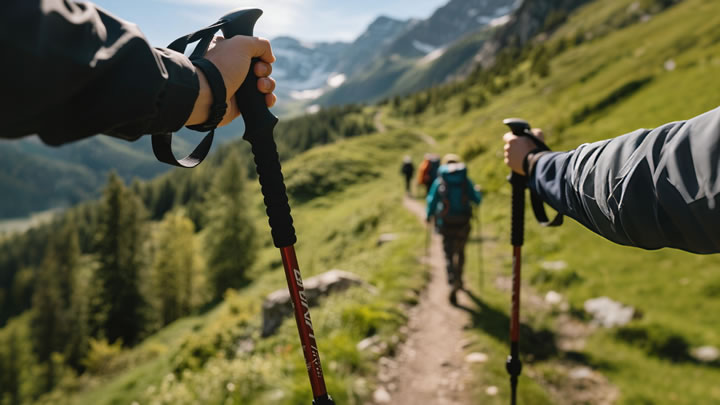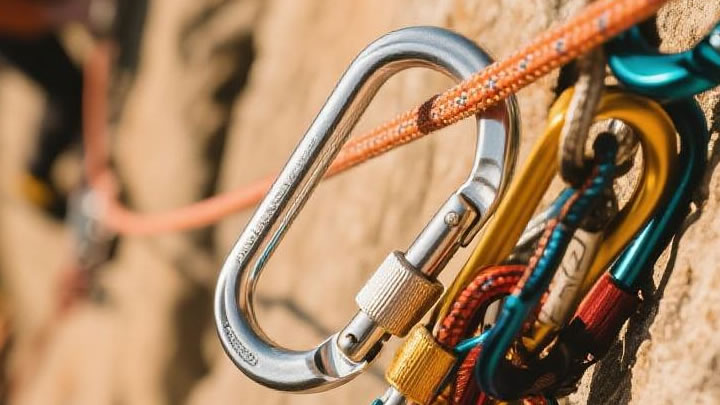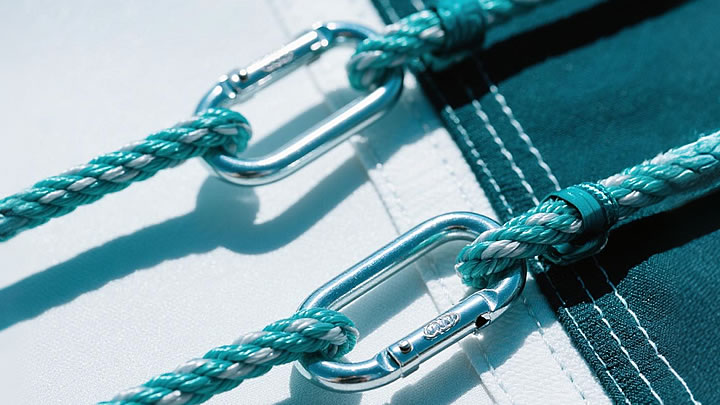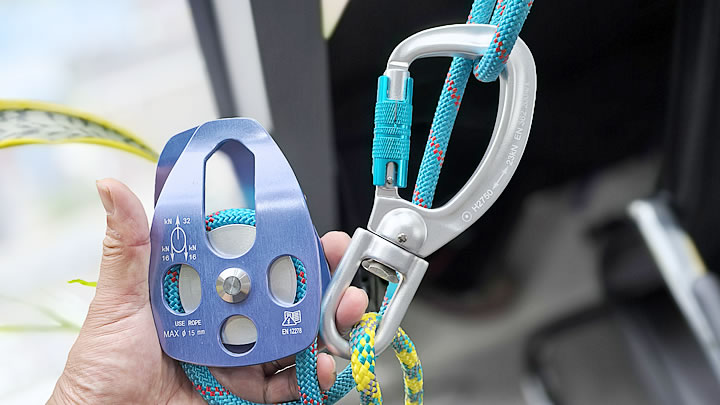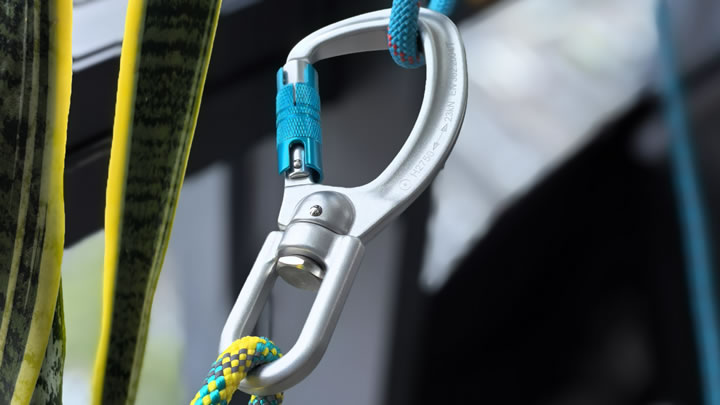Brazilian vs. Mayan Hammocks: What’s the Difference?
Hammocks aren’t just for lounging—they’re cultural artifacts shaped by centuries of tradition. While Brazilian and Mayan hammocks may look similar at first glance, their designs, materials, and best uses differ dramatically. Whether you’re a history buff or a practical camper, here’s how to choose between these two iconic styles.

1. Origins and Cultural Significance
- Mayan Hammocks:Originating from Mexico’s Yucatán Peninsula, these were perfected by the Maya over 3,000 years. Traditionally handwoven by women using a leg-loom technique, patterns often held symbolic meanings tied to nature or spirituality.
- Brazilian Hammocks:Developed in Brazil’s tropical regions, these evolved from indigenous Tupi designs blended with Portuguese colonial influences. They became household staples for escaping heat and insects.
2. Material and Weaving Techniques
| Feature | Mayan Hammock | Brazilian Hammock |
|---|---|---|
| Material | Thin, mercerized cotton or nylon | Thick cotton, polyester, or canvas |
| Weave | Open diamond pattern (3,000+ knots) | Tight herringbone or checkerboard weave |
| Weight Capacity | 400-600 lbs (distributed evenly) | 300-500 lbs |
| Breathability | Extremely breathable | Moderate airflow |
Key Insight: Mayan hammocks use single continuous threads woven into a net-like structure, while Brazilian hammocks rely on fabric panels reinforced with stitching.
3. Design and Comfort
- Mayan Style:No spreader bars, allowing the hammock to cocoon around the bodyOpen weave conforms to your shape, reducing pressure pointsIdeal for side sleepers and tropical climates (dries quickly)
- Brazilian Style:Wooden spreader bars keep the hammock flat and tautFeels more like a suspended bedBetter for reading or sitting uprightRetains heat in cooler weather
4. Portability and Setup
- Mayan Advantages:Ultralight (1-2 lbs) and packs into a softball-sized bagWorks with trees just 10-12 ft apartNo rigid parts (safer for travel)
- Brazilian Drawbacks:Heavier (4-8 lbs) due to fabric and spreader barsRequires 13-15 ft of space for full sagBars can snap if mishandled
5. Climate Adaptability
- Humid/Tropical Climates:Mayan hammocks dominate here. Their open weave prevents sweat buildup, and quick-drying nylon versions resist mold.
- Temperate/Dry Climates:Brazilian hammocks shine with their cozy, enclosed feel. The tighter weave blocks chilly breezes.
6. Maintenance and Durability
- Mayan Care:Hand wash in cold water; avoid twisting the delicate weaveSuspend indoors to prevent UV damage to cotton threadsLasts 5-10 years with proper care
- Brazilian Care:Machine washable (gentle cycle)Treat wooden spreader bars with teak oil annuallyFabric may fade but lasts 10-15 years
Price Comparison
| Type | Budget Range | Premium Range |
|---|---|---|
| Authentic Mayan | 40-40−80 | 150-150−300 (handwoven) |
| Brazilian | 30-30−60 | 100-100−200 (organic cotton) |
Note: Cheap “Mayan-style” hammocks on Amazon often use inferior knot techniques—opt for fair-trade sellers like Hamacas Naguabo.
Who Should Choose Which?
- Pick Mayan If:You backpack in humid regionsWant a zero-pressure-point sleepValue portability over structure
- Pick Brazilian If:You lounge outdoors with familyPrefer a flat, stable surfaceNeed indoor/outdoor versatility
Pro Tips for Testing
- The Finger Test: Push a finger into the hammock. Mayan should stretch deeply; Brazilian resists.
- The Swing Test: Brazilian hammocks sway less due to spreader bars.
- The Pack Test: Authentic Mayan hammocks fit in a 6”x6” bag.
Final Verdict: While Brazilian hammocks offer living-room comfort, Mayan hammocks are the undisputed kings of adaptability and cultural craftsmanship. For 2025’s hybrid lifestyles, many enthusiasts own both—using Mayan for adventures and Brazilian for backyard relaxation.

